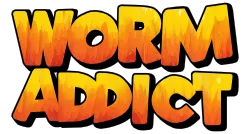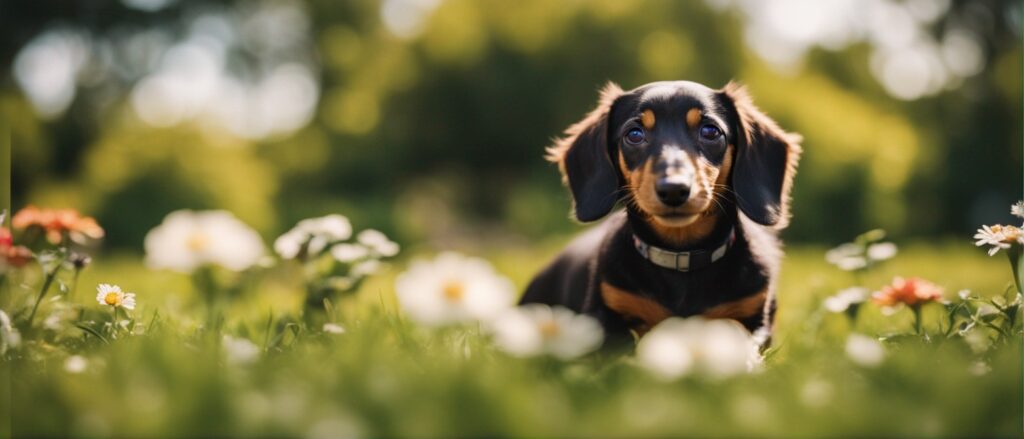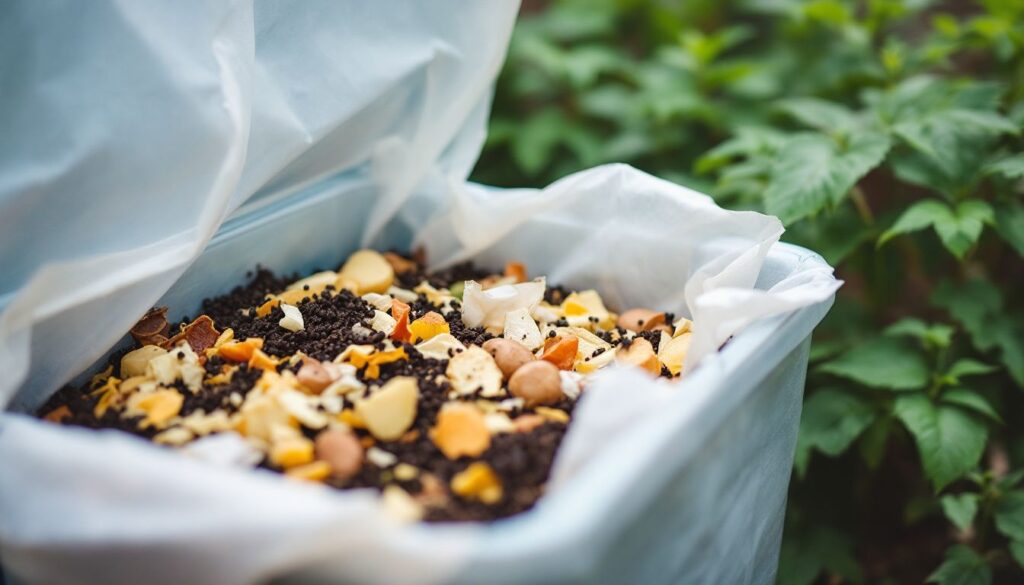Are you chucking away kitchen scraps that could make lovely rich soil for your plants? Vermicompost can be made from loads of bits and bobs you might toss in the bin each day. We’ve seen how food waste fills up landfills, and our research shows that those brilliant little worms can turn this waste into proper garden gold.
This blog will show you all the materials that work a treat in a worm bin. Keep reading to learn how to feed your wriggly friends and grow smashing plants!
What is Vermicompost?

Now that we’ve covered the basics, let’s explore what vermicompost actually is. Vermicompost comes from the amazing work of earthworms, mainly red wigglers (Eisenia fetida and Eisenia andrei).
These tiny creatures eat organic waste and turn it into worm castings or vermicast. This process combines worm digestion with aerobic decomposition to create a super-rich soil amendment.
Our tests show vermicompost packs a serious nutrient punch! It contains five times more nitrate, seven times more phosphorus, eleven times more potash, and one and a half times more calcium than regular soil.
This organic fertilizer helps plants grow strong and healthy without harsh chemicals. The dark, crumbly worm compost improves soil structure and adds beneficial microbes that boost plant health.
Organic Waste for Vermicomposting
Organic waste forms the heart of successful vermicomposting. We can turn kitchen scraps and plant matter into rich, nutrient-filled compost through worm digestion.
Fruit and vegetable scraps
Fruit and vegetable scraps form the perfect base for vermicompost. We find these kitchen leftovers break down quickly in worm bins because they’re soft and full of nutrients. Our worms love to munch on apple cores, banana peels, carrot tops, and potato skins.
These food scraps provide essential moisture that helps worms thrive in their habitat. A healthy worm population can process an impressive amount of waste daily. One pound of worms can eat about half their body weight in food each day, turning one pound of kitchen scraps into rich compost.
The humble fruit peel or vegetable end isn’t trash—it’s treasure for worms and the starting point for garden gold.
Coffee grounds and tea leaves
Coffee grounds and tea leaves make excellent food for worms in vermicompost bins. We use these materials regularly in our Bacolod City, Philippines vermicomposting systems with great success.
The worms love to eat these kitchen scraps because they’re rich in nitrogen. Coffee grounds help create the perfect texture for worm movement and add valuable nutrients to the final compost.
Tea leaves break down quickly and add organic matter that improves soil structure. Both items are easy to collect daily from most homes, making them perfect for continuous composting.
Garden waste like dry leaves can be mixed with these coffee grounds to create a balanced worm diet.
Eggshells
Eggshells make great additions to our worm bins. We crush them into tiny pieces before adding them to the mix. These calcium-rich shells help balance the soil pH in our vermicompost.
The crushed shells also support worm reproduction, helping our little helpers multiply faster.
Many gardeners toss eggshells in the bin without thinking. We cook them first to kill any harmful bacteria that might hurt our worms. After cooking, we grind them into a fine powder for best results.
This eco-friendly practice turns kitchen waste into valuable nutrients for our garden soil. The worms break down these shells into a form plants can easily use.
Garden Waste for Vermicomposting
Garden waste like dry leaves, grass clippings, small branches, and non-invasive weeds make great food for your worms. These materials break down well and add key nutrients to your vermicompost.
Want to learn what else works well in your worm bin?
Dry leaves and grass clippings
Dry leaves and grass clippings make perfect food for your worm farm. We mix these garden wastes with other materials to create rich vermicompost. Leaves that fall in autumn serve as excellent bedding for worms, holding moisture and giving them places to hide.
Fresh grass clippings add nitrogen to the mix, but we need to use them in small amounts to prevent too much heat. The balance of these brown and green materials helps worms break down waste faster.
The best vermicompost combines both brown materials like dry leaves and green materials like grass clippings for optimal decomposition.
These common yard wastes save money on soil enrichment while reducing what goes to landfills. Shredded leaves work better than whole ones because they break down quicker. We find that layering grass clippings with dry leaves creates air pockets that keep the worm bin from getting too wet or smelly.
This simple waste management practice turns garden cleanup into valuable organic matter for healthier plants.
Small branches and twigs
Small branches and twigs make great bedding material for worm bins. We cut these garden waste items into tiny pieces before adding them to our composting bin. These woody bits help create air pockets that worms love for their home.
The small pieces break down slowly and mix well with shredded newspaper and cardboard in the bin. Our worms thrive in this mix as they munch through the organic matter.
These natural materials play a key role in making rich vermicompost. The branches provide structure to the worm habitat while they work on other food scraps. As they decompose, they add valuable nutrients to the finished compost.
The twigs also stop the bin from getting too wet or packed down. Now let’s explore how other agricultural waste can boost your vermicomposting efforts.
Weeds (non-invasive species)
Just like small branches, non-invasive weeds play a vital role in our vermicompost bins. We add these garden waste plants to create nutrient-rich compost that benefits our gardens.
These weeds must be chemical-free and pesticide-free before going into the bin. Chopping or shredding them helps speed up the decomposition process.
Non-invasive weeds serve another key purpose in our vermicomposting system. They help manage moisture levels by soaking up extra water as dry material. We mix these weeds with kitchen scraps to give worms a balanced diet.
The finished compost from these weeds provides essential nutrients that enrich our soil and help plants grow strong.
Agricultural Waste for Vermicomposting
Agricultural waste makes perfect compost food for hungry worms. Farms create loads of natural waste that worms can turn into rich soil.
Crop residues
Crop residues make up a vital part of what goes into our worm bins. We use vegetable scraps, cores, peelings, and rinds as primary food for our worms. These materials break down quickly and help create nutrient-rich compost.
The worms eat these farm leftovers and speed up how fast they turn into soil. Our finished compost from crop waste looks light and fluffy with a rich black color after several months.
Proper management of crop residues can transform agricultural waste into black gold for your garden.
The size of your worm bin affects how many worms can live there and how fast they multiply. More space means more worms can process the crop waste you add. Farm leftovers add key nutrients to the final product, which makes soil much healthier.
This practice supports sustainable agriculture by turning what might be thrown away into something very useful for growing plants.
Animal manure (from herbivores)
Herbivore manure works as an excellent base for vermicomposting. We find that manure from cows, horses, rabbits, and sheep breaks down quickly with earthworms. These animal wastes contain rich nutrients that feed both the worms and your plants later.
Many farmers mix this agricultural byproduct with other materials to create balanced worm bins.
Livestock manure must age before adding it to your worm bin. Fresh manure creates too much heat and can harm the worms. We add this farm waste at about 10% by volume when making potting media.
This ratio helps plants grow stronger without burning their roots. Earthworm compost made with herbivore excrement produces a powerful soil conditioner that improves garden health naturally.
Other Materials for Vermicomposting
We can use shredded newspaper and cardboard to feed our worms in the vermicompost bin. Coconut coir and peat moss make great bedding materials that help keep the right moisture level for worm composting.
Shredded newspaper and cardboard
Shredded newspaper and cardboard make excellent bedding materials for our worm bins. These common household items create cosy homes for red worms while they break down organic waste.
Our worm bins need proper ventilation and drainage, typically measuring 18 inches wide, 24 inches long, and 18 inches deep. The paper products help control moisture levels in the vermiculture system.
Paper bedding plays a vital role in the organic recycling process. Torn or shredded pieces allow air to flow through the worm bin, which helps microorganisms thrive during composting.
Newspaper and cardboard must be dampened before adding to the bin – about as wet as a wrung-out sponge. This creates the perfect environment for worms to move through the bedding as they transform waste into rich vermicompost.
Coconut coir and peat moss
Moving from paper products to natural fibres, we use coconut coir and peat moss as top bedding materials for our worm bins. These natural materials create perfect homes for our wriggly friends.
Coconut coir comes from coconut husks and holds water well, while peat moss adds softness to the mix. We combine these with other organic items to make a cosy worm habitat. The right mix helps keep moisture at good levels so waste breaks down faster.
Our worms thrive in this setup, turning scraps into rich soil food. Gardens and potted plants grow better with this special compost that contains these natural fibres. The mix of coconut coir and peat moss helps air flow through the bin, which keeps our worms happy and busy making nutrient-rich compost.
Conclusion
Vermicompost turns waste into garden gold through the power of worms. Almost any plant-based kitchen scrap or yard waste can feed your worm bin. Paper products, coffee grounds, and even animal manure work well as worm food.
We suggest starting with simple materials like fruit peels and shredded newspaper. Your garden will thank you with healthier plants and better harvests once you apply this rich, natural fertilizer.
Worm composting helps our planet by keeping waste out of landfills while creating something valuable for your soil.




